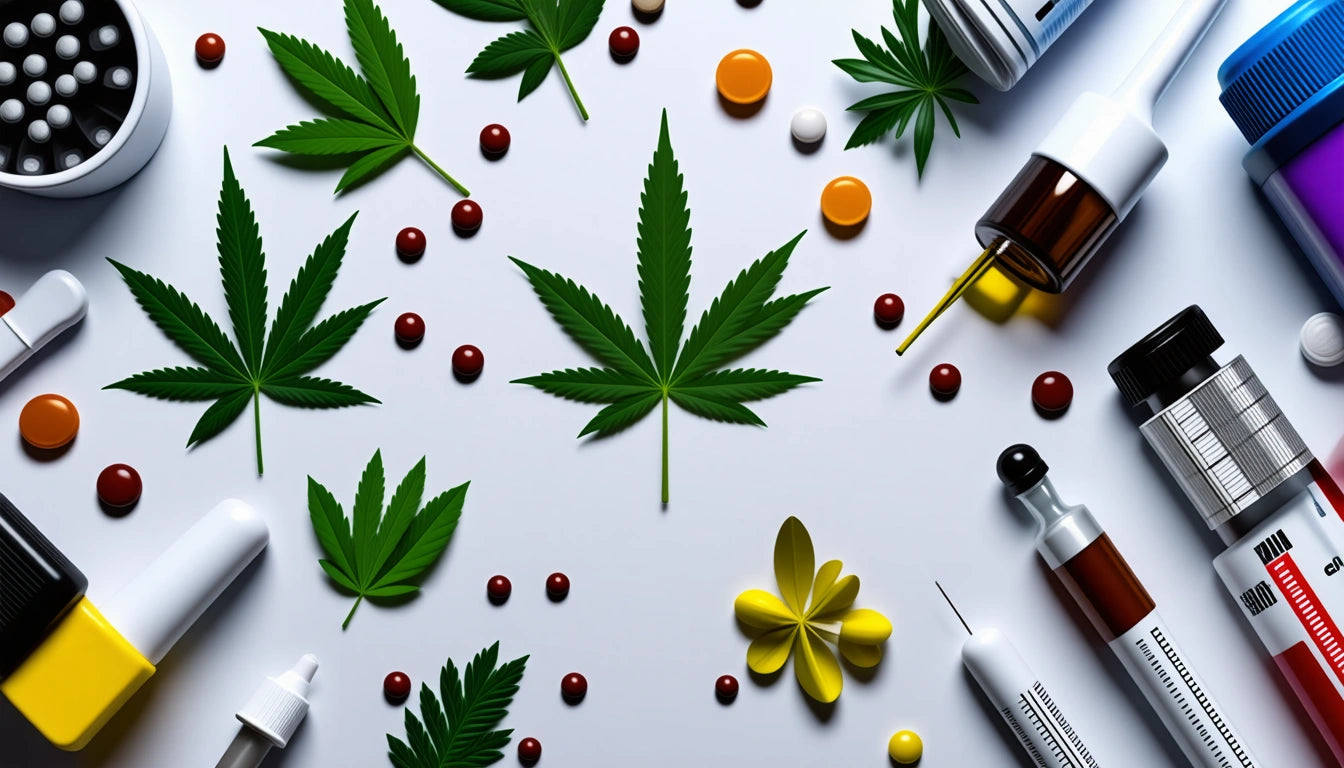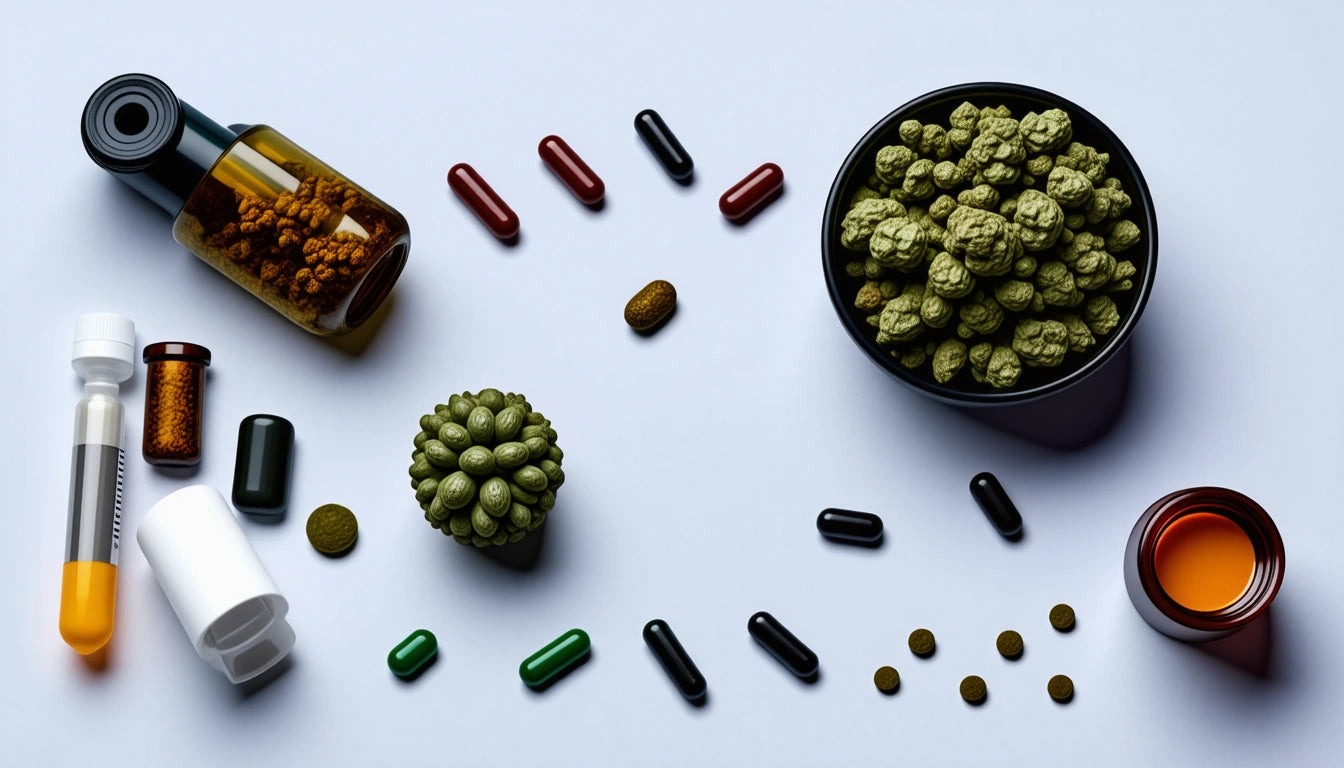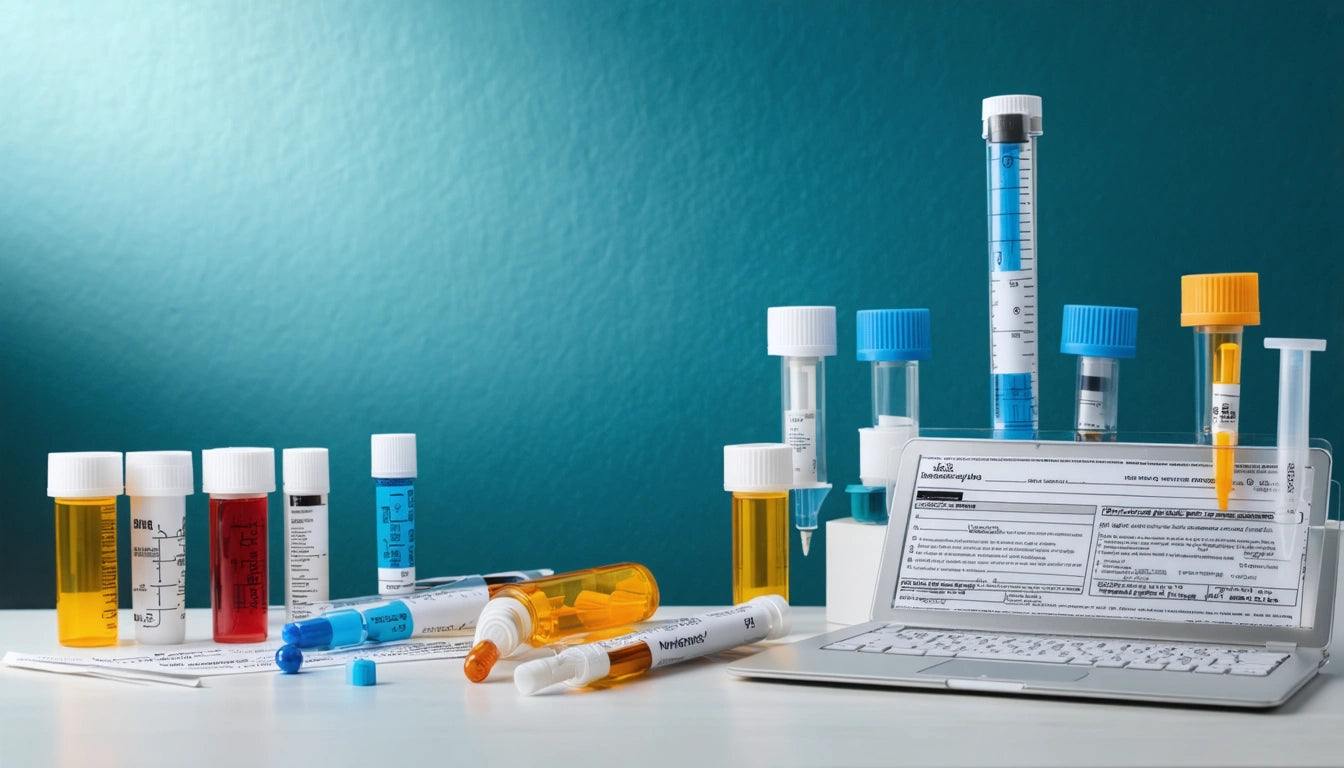Table of Contents
Does Cannabis Show Up in Blood Tests?
Yes, cannabis does show up in blood tests. Blood tests can detect THC (tetrahydrocannabinol), the primary psychoactive compound in cannabis, as well as its metabolites. However, the detection window, accuracy, and circumstances of testing vary widely based on multiple factors including frequency of use, metabolism, and the specific testing methodology employed.
Cannabis Detection in Blood Tests: The Basics
Blood tests directly measure the presence of THC and its metabolites in the bloodstream. Unlike urine or hair tests, blood testing provides a more accurate picture of recent cannabis use and potential impairment. When you consume cannabis, THC enters your bloodstream rapidly, especially when smoked or vaped.
According to research on THC appearance in blood tests, blood testing is considered one of the most accurate methods for determining recent marijuana use. This makes blood tests particularly valuable in situations where determining current impairment is important, such as roadside testing or workplace accidents.
THC Blood Detection Window: How Long Does It Last?
The detection window for cannabis in blood is relatively short compared to other testing methods. For occasional users, THC typically remains detectable in blood for up to 1-2 days after use. For regular or heavy users, this window may extend to 7 days or longer due to accumulation of THC in fat cells and its gradual release back into the bloodstream.
As explained in this guide on cannabis detection periods in blood, the half-life of THC in blood ranges from 20 hours to 13 days, depending on use patterns. This wide variation makes it difficult to predict exactly how long weed will show up in a blood test for any specific individual.
Detection Timeline for Different User Types
- First-time users: 1-2 days
- Occasional users (few times monthly): 1-3 days
- Regular users (few times weekly): 3-7 days
- Heavy users (daily): 7-30+ days
Factors Affecting Cannabis Detection in Blood
Multiple variables influence how long cannabis remains detectable in blood tests. Understanding these factors can help explain the wide variation in detection windows among different individuals.
Metabolism and Body Composition
Individuals with faster metabolisms typically clear THC from their systems more quickly. Body composition also plays a role, as THC is fat-soluble. People with higher body fat percentages may retain THC metabolites longer, as these compounds are stored in fat cells and gradually released back into the bloodstream.
Consumption Method and Potency
How you consume cannabis affects its detection profile in blood. Smoking or vaping results in immediate blood concentration peaks, while edibles produce a delayed and often lower peak concentration. Additionally, higher-potency products containing more THC naturally lead to higher blood concentrations and potentially longer detection windows.
As research on marijuana's effects on blood tests indicates, the potency of modern cannabis products has increased significantly over the years, potentially extending detection windows compared to historical studies.
Blood Tests vs. Other Cannabis Detection Methods
Blood testing is just one of several methods used to detect cannabis use. Each testing method has distinct advantages, limitations, and detection windows.
Comparison of Detection Methods
- Blood tests: Best for detecting recent use (hours to days); most accurate for current impairment
- Urine tests: Longer detection window (days to weeks); most common for employment screening
- Hair tests: Longest detection window (up to 90+ days); cannot determine recent use
- Saliva tests: Short detection window (hours to days); convenient for roadside testing
For comprehensive information on different testing methodologies, this article on cannabis detection methods provides detailed comparisons.
When considering product safety, particularly for cannabis edibles, it's worth noting that proper packaging plays a crucial role in preventing accidental consumption. Safety standards for product packaging are essential for protecting vulnerable populations, similar to regulations for pharmaceuticals and other controlled substances.
Medical Blood Tests vs. Employment Drug Screening
An important distinction exists between routine medical blood work and blood tests specifically designed to detect drugs. Many people wonder if weed shows up in regular blood tests conducted during medical checkups.
Standard medical blood panels typically do not screen for THC or its metabolites unless specifically ordered. These routine tests focus on health markers like cholesterol, glucose levels, and organ function. However, THC can potentially affect some of these standard blood test results.
As detailed in research about cannabis detection in blood tests, standard medical blood work does not automatically include drug screening. For cannabis to be detected, a specific THC blood test must be ordered, which is not part of routine blood work.
When Blood Tests Are Used for Cannabis Detection
- Driving under the influence investigations
- Workplace accidents
- Emergency room admissions
- Probation monitoring
- Specialized employment screening (less common than urine tests)
Future Developments in Cannabis Testing Technology
As cannabis legalization expands globally, testing technology continues to evolve. Current research focuses on developing more accurate methods to determine actual impairment rather than merely detecting the presence of THC or its metabolites.
Emerging technologies aim to establish reliable correlations between blood THC levels and functional impairment, similar to how blood alcohol content relates to alcohol impairment. These advancements could potentially lead to more fair and accurate assessments, particularly for medical cannabis patients and in legal recreational markets.
For those concerned about marijuana detection in various testing scenarios, staying informed about these technological developments will become increasingly important as testing protocols continue to evolve alongside changing legal landscapes.
As testing methods become more sophisticated, they will likely better distinguish between active THC (indicating recent use) and inactive metabolites (indicating past use), providing more meaningful information about potential impairment rather than simply detecting past consumption.











Leave a comment
All comments are moderated before being published.
This site is protected by hCaptcha and the hCaptcha Privacy Policy and Terms of Service apply.